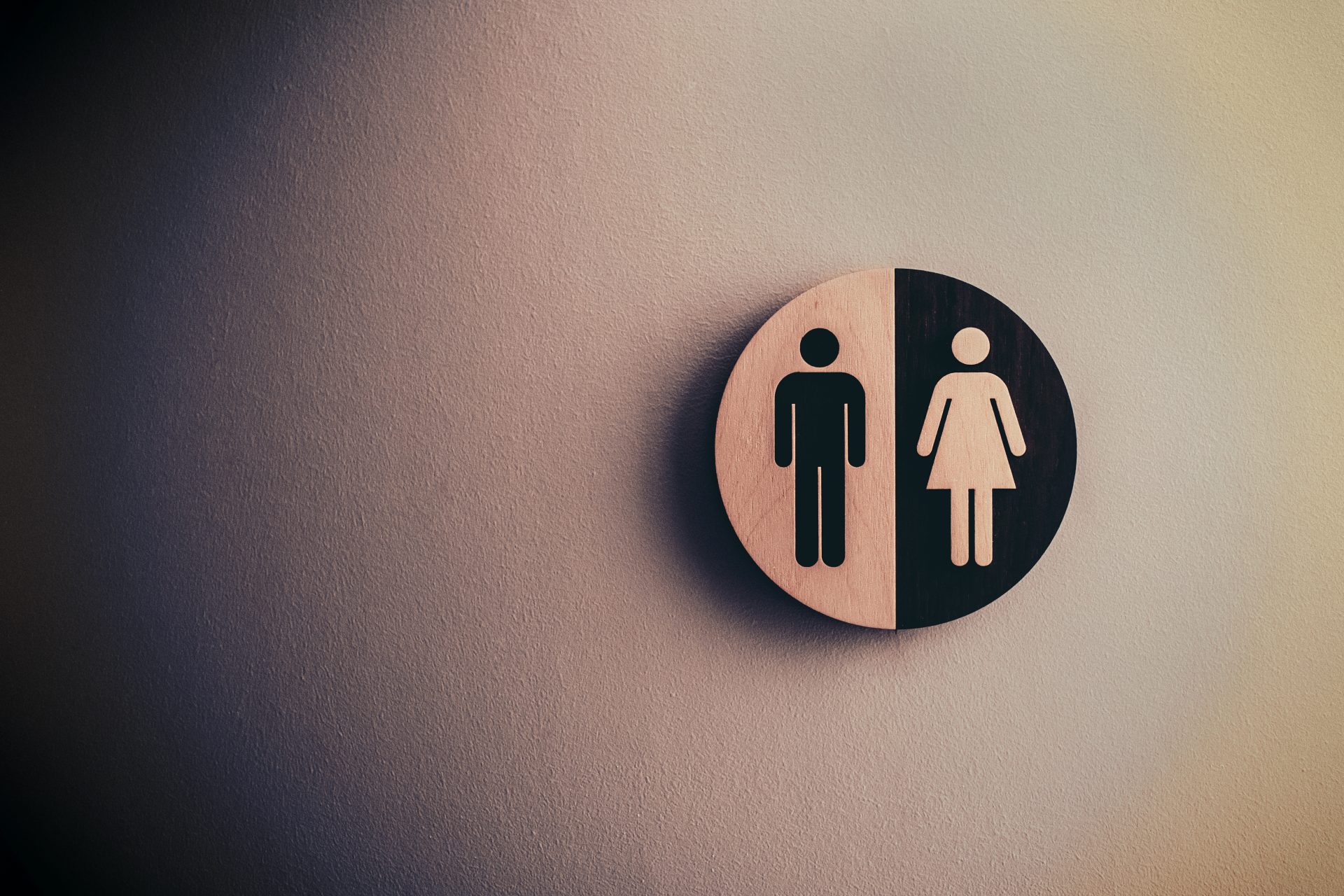Communication, which is a two-way process; occurring when two or more people interact with each other. They are forming relationships, connections, associations, or involvements. If the communication is effective, it will lead to building and sustaining positive relationships. If it is ineffective, it may cause the downfall of the relationship or organization. What is most important is to understand people communicate differently, even when they are delivering the same message.
Why? Sometimes because of socialization, other times how we are hard-wired. Yet, communication differences lead to misunderstandings and miscommunication.
Being an effective communicator is not an innate school. It takes practice. Warren Buffet said if you hone your personal communication skills, you can boost your lifetime earning potential by 50%. Sharpening those skills and strategies means understanding the different components of communication: verbal, vocal, non-verbal, written, and active and reflective listening. Breakdowns in communication impact hiring, promotions, and retention.
When speaking to colleagues or clients, our first thought is usually ‘what am I going to say?’ Our words are only 7% of any message; yet that is what we focus on. The other 93% have a significant impact on how your message is understood and interpreted. Your communication style is influenced by culture, region, nationality, age, education, and gender and affects how your message is received and remembered.
Now, let us focus on gender differences, which create unconscious bias. Both men and women are born with the physical and cognitive ability to send messages; initially how they communicate is not gender specific. All babies produce the same newborn-sounding cry that says “I’m here. I’m alive.” Babies continue to communicate without showing any gender specific differences until around the age of two. At this stage gender differences begin to emerge. Girls tend to develop language at an earlier age than boys. Functional Magnetic Resonance Imaging (fMRI) has documented boys and girls use different areas of their brain when performing language tasks, providing evidence that some communication skills are hard-wired and gender specific.
Socialization impacts communication development. Parents and educators, TV, the movies, and literature highlight these differences. Girls talk to develop relationships; to make and keep friendships; a behavior that is hard-wired. Girls seem to innately recognize that talking is the glue that binds relationships. On the other hand, to boys, the development and maintenance of friendships does not seem to require talking; it requires doing. Through activities, boys develop relationships.
Hard-wired differences, socialization and bias contribute to communication breakdowns, resulting in misunderstandings and misinterpretations. Our bias suggests that a deep voice is the sign of a leader. A woman’s smile projects nurturing. Did you realize women have to work harder to prove themselves and move up the corporate ladder? Often, they are held to a higher standard or at least a different standard.
Unconscious bias says if a man is aggressive, he is a take charge individual with strong leadership characteristics. His communication style is what gets him the promotion. When a woman acts in a similar ‘aggressive’ manner, unconscious bias labels her communication style as domineering and overbearing. It is what prevents her from getting the promotion.
Men dominate top leadership and decision-making positions because of unconscious bias in the workplace. Too often their decisions and recommendations are based on unconscious bias rather than on the skills and qualifications of the applicants. Men tend to recommend other men for top positions, due to unconscious bias. It may surprise you to know women sometimes display unconscious bias toward other women, recommending a man versus a woman for a job or promotion unconsciously using gender as the criteria.
Diverse organizations are more successful and more profitable. Yet, until change occurs in this area, teams will not be as strong or creative and organizations may be good, but they will not be great! A first step is to develop a deep understanding of gender bias through self-reflection and conversations. Begin by ensuring that men and women understand how and why there is a gender divide linked to communication.
Do you want to find ways to heighten everyone’s awareness of gender bias and how it impacts decision- making? If so, begin by doing a deep dive into unconscious bias. This will lead to building innovative practices that can remove gender bias from the hiring, promotion, evaluation and firing process.
Bio: Peggy Bud, is the founder of Speaking Skillfully, author, and TEDx speaker. She is a licensed and certified speech-language pathologist and certified school administrator who coaches and provides group training on all aspects of Effective Communication including gender differences and unconscious bias. Clients come from a variety of industries (medical, legal, financial, insurance, engineering, marketing, and education). She has spoken at National Conferences, Women’s Summits, Rotary Clubs and Libraries. How employees communicate is a company’s most powerful tool; directly impacting the bottom-line. It’s more than what you say, it’s how you say it. Peggy can be reached at Peggy@PeggyBud.com or 203.952.8534. Follow her on Facebook or Linked-In
